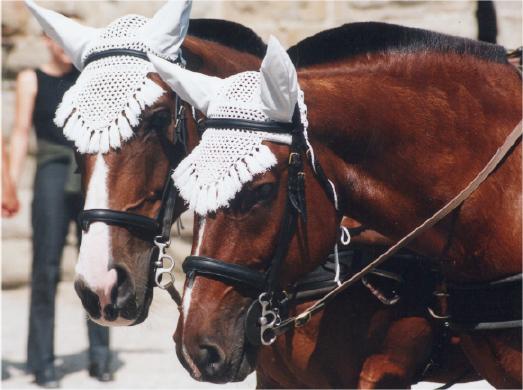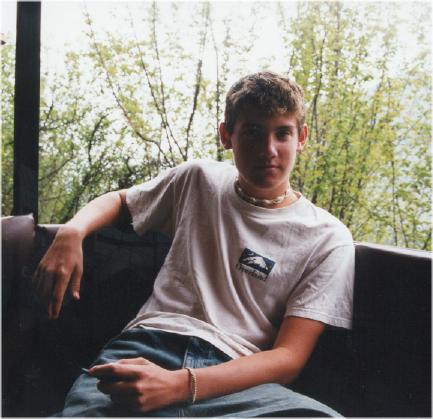and a little Catalonia, Spain
August 2002
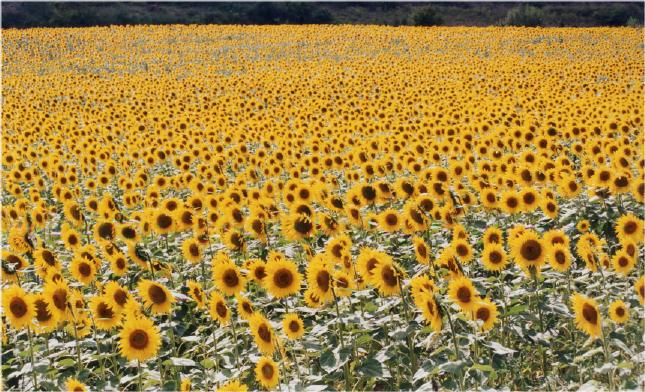
We will never be
able to think of sunflowers again without
remembering these
spectacular fields, all over the place in the Languedoc.

Rue Ancienne, the
street where we stayed for a week in
tiny
Escueillens, France
(halfway between
Toulouse and Narbonne,
or between Limoux
and Mirepoix if you know the area)

Looking the other
way down the Rue Ancienne. The houses here are about 200
years old.
The village dates
from the Roman era; it's about 2,000 years old.
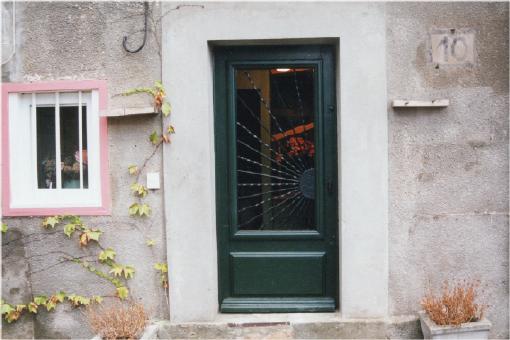
The front door of
#10, where we were very comfortable.
The house is owned
by an American woman and the rent is very affordable.
Our British-born
agents manage many properties in the region.
Much cheaper than a
hotel, highly recommended.
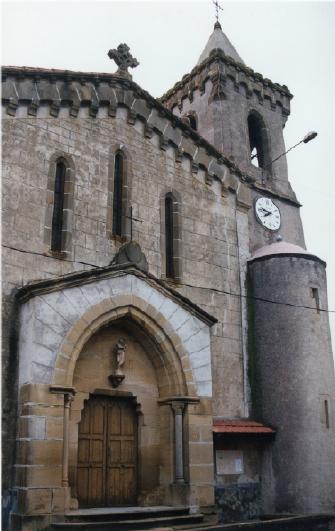
The village church.
Its bell rang out every hour (twice, for some reason) and
half-hour from 6 a.m. until midnight.
Apart from that
bell, Escueillens was the quietest place we had ever been.
The village is too
small (population maybe 100) to support a fulltime priest,
so the church is
open only one Sunday a month.
It happened to be
open the week we were there; there were only a handful of
people inside.

Tim just outside
the village proper, on the house bike.
The kids found
certain places where you could catch a cell phone signal
(and a beautiful
view to go with it!)

This was the view
from our bedroom in Escueillens.
Rolling hills,
sunflower fields, grape orchards and cypress trees.
Here's a recent article
from the Guardian U.K. on the history of this
region, which is west of Provence.
The Languedoc was
the home of the Cathars (from the Greek katharos,
meaning pure, the root of our word catharsis).
The Cathars were a
heretical sect; they decried the materialism and
warmongering of the medieval Catholic Church.
Of course they were
brutally extinguished by Rome.More on the Cathars from the
British Library here,
or read the book I
read while in Cathar country, Chasing
the
Heretics.
.





